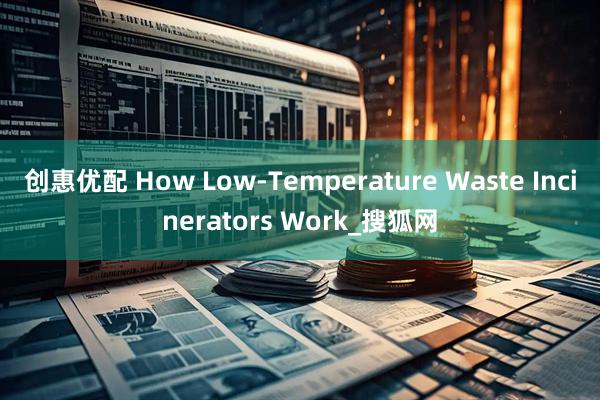
How Low-Temperature Waste Incinerators Work
Low-temperature incinerators burn waste at temperatures lower than traditional incineration methods (typically below 200°C). This technology aims to minimize emissions of harmful substances such as dioxins and furans by reducing their formation, resulting in more environmentally friendly ash. Fireprint low-temperature incinerators require no external energy to operate and, due to their compact size and continuous operation, can be installed anywhere.
How It Works
Low-Temperature: Unlike traditional incinerators that operate at high temperatures, low-temperature incinerators operate at temperatures below 200°C.
展开剩余69%Minimization of Dioxins and Furans: Lower operating temperatures significantly reduce the formation of persistent organic pollutants (POPs), such as dioxins and furans, which are produced during high-temperature combustion.
Use of Catalysts: In some cases, catalysts such as calcium oxide are used to promote the degradation of dioxins at low temperatures, thereby improving incineration efficiency.
Environmentally Friendly Ash: The resulting ash is smaller in volume and meets national environmental standards, making it considered an environmentally friendly product. Key Benefits
Environmental Protection: The primary benefit is the significant reduction in harmful emissions, making it a cleaner method of waste disposal.
Versatility: Because this technology requires minimal infrastructure and doesn't rely on external energy sources, it can be installed in a variety of locations, even remote ones.
Small-Scale Operation: These units are typically designed for small capacities (e.g., 2-3 tons per day), making them suitable for a variety of applications.
Low Energy Consumption: Some models are designed to be energy-independent, requiring no oil, gas, or electricity for operation—a significant advantage in remote or off-grid locations.
发布于:浙江省贵丰配资提示:文章来自网络,不代表本站观点。